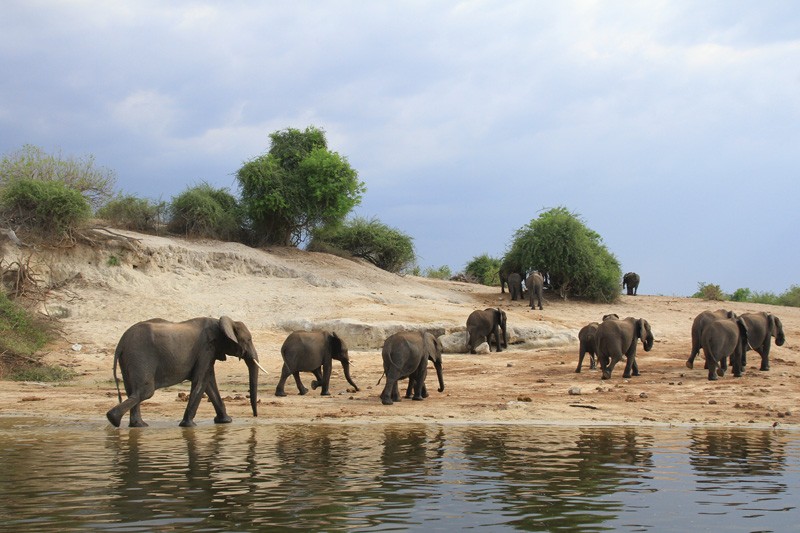KAZA region last hope for 400,000-some elephants
Spira Tlhankane | Friday March 23, 2018 18:28


Amongst the panel discussions and speeches, various speakers highlighted the importance of investing in the Kavango-Zambezi Trans-Frontier Conservation Area (KAZA-TFCA) in order to save elephants, amongst other bigger concerns.
While the Giants Club consists of four countries being Botswana, Uganda, Kenya and Gabon, leaders were not shy to highlight the importance of saving elephants despite KAZA-TFCA being a conservation and development initiative of the governments of Angola, Botswana, Namibia, Zambia and Zimbabwe.
The host President of the Giants Club summit, Ian Khama said the management practices by the different KAZA-TCFA countries impact upon others hence the birth of KAZA-TFCA to increase habitat available for these magnificent species.
“Protection of space and that of habitat could be the only way to ensure that elephants will continue to live whilst reducing conflict with humans and bringing about coexistence,” Khama said.
Speaking to the media at the summit, KAZA-TFCA secretariat, Mbiganyi Frederick Dipotso said considering the importance of KAZA in maintaining and managing the shared natural and cultural heritage, projects are already underway to develop the region.
He said the German Development Bank and partner countries have already financed the first phase with €8 million, phase two with €12 million while the phase three will cost €15.5 million.
He said it is the objective of KAZA-TFCA to re-establish wildlife corridors through Wildlife Dispersal Areas (WDA) across the TFCA landscape.
“This will be done by integrating development in the five thematic areas that are considered key in the development,” he said.
Dipotso said Kwando River, Zambezi-Mosi floodplain, Zambezi-Mosi Oa Thuya, Hwange-Kazuma –Chobe, Hwange-Makgadikgadi-Nxai Pan and Khaudum-Ngamiland wildlife dispersal areas have been identified as key.
He said the estimated development budget for the wildlife dispersal areas stands at $92,700,000.
In light of the need to invest in the wildlife dispersal areas, Dr Mike Chase of Elephants Without Borders also gave a presentation about the fate of the largest elephant population on earth.
As he showed the movement of elephants within and out of KAZA-TCFA, he also described the status of hopes and fears for the elephants.
